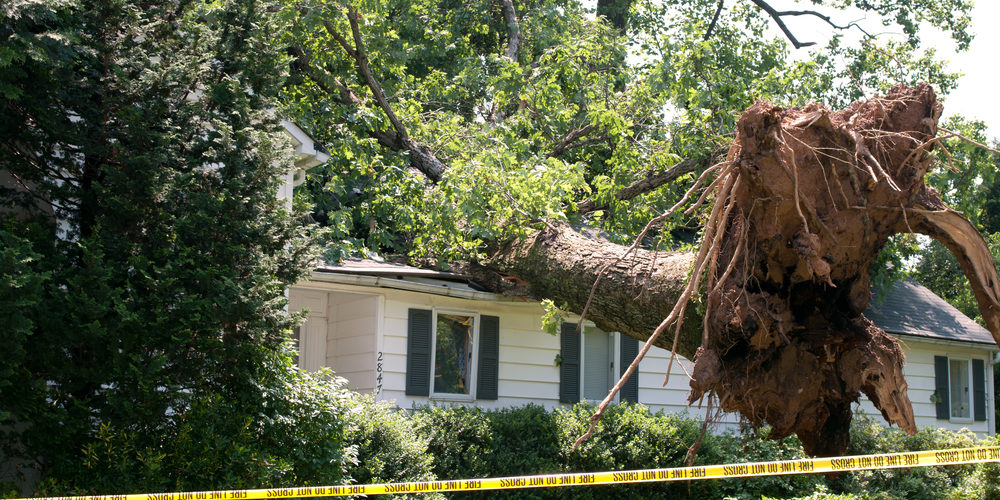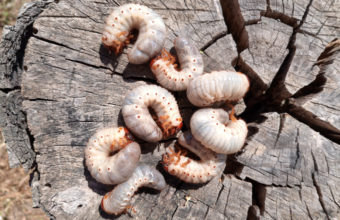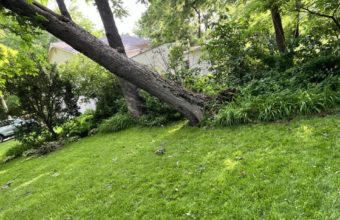If tree roots are not removed, several outcomes can occur, depending on the context in which the roots are left in place. These outcomes vary based on the tree’s location relative to structures, the health of the tree before it was removed or died, and the environmental conditions.
Here’s an overview of what might happen…
Near Structures
- Foundation Damage – If the tree was close to a building or structure, remaining roots can potentially cause damage to foundations over time, especially if they are large and continue to grow. If the tree has been cut down, the roots will eventually stop growing and begin to decay, reducing the risk of further damage.
- Damage to Underground Utilities – Roots can also interfere with underground utilities such as water lines and sewer pipes. If the roots have already invaded these structures, not removing them might allow existing damage to worsen over time.
In Gardens and Landscaped Areas
- Soil Stability and Nutrient Recycling – Tree roots help maintain soil stability and prevent erosion. As they decay, they can enrich the soil by recycling nutrients back into the ecosystem, benefiting surrounding plants.
- Impact on New Plantings – Decomposing roots can create spaces in the soil that may affect water distribution and soil structure. This can impact the growth of new plants in the area. Large root systems left in the ground can make replanting difficult without removal or significant soil amendment.
Environmental Impact
- Habitat for Wildlife – As tree roots decay, they can provide habitats for various insects, fungi, and microorganisms, contributing to biodiversity in the soil.
- Water Absorption – Living tree roots absorb water, reducing runoff and helping maintain the water table. Once a tree is removed, the absence of this absorption can change local water dynamics, potentially leading to increased runoff or changes in soil moisture levels.
Aesthetic and Practical Considerations
- Surface Roots – In some cases, roots that are close to the surface may create trip hazards or interfere with lawn care and landscaping activities. Over time, as these roots decay, such issues may diminish, but they can be problematic in the short term.
- Regrowth – Certain tree species can sprout new growth from remaining roots. If the roots are not removed, this can lead to unwanted trees growing back in the same area.
Decomposition Process
- Time for Decay – The decomposition rate of tree roots varies widely depending on the tree species, root size, and environmental conditions. This process can take several years, during which the roots gradually break down and cease to affect their surroundings significantly.
Conclusion
Choosing not to remove tree roots is a decision that can have various implications, both positive and negative, depending on specific circumstances. In some situations, leaving the roots in place can benefit the environment and soil health, while in others, it might pose risks to structures or complicate landscaping efforts. Assessing each situation individually is crucial to making informed decisions regarding tree root management.




